Notable people
Learn about some historical characters or notable people of today in regards to Easter Island.
| Edward Davis | British pirate, possibly the first one to discover Easter Island. |
| King Hotu Matu'a | King Hotu Matu'a was the one that settled Rapa Nui a thousand years ago. |
| Don Felipe González | He was captain of the second European expedition to Easter Island. He visited the island in 1770. |
| Eugenio Eyraud | Eugenio was the first one to ever live with the Rapa Nui people, and did so for 9 months in 1884. |
| Jacob Roggeveen | The first European to ever set foot at Rapa Nui. He arrived on Easter Sunday, and named the island "Easter Island". |
| James Cook | James Cook from England led the third European expedition to the island, and did so in 1774. |
| Thor Heyerdahl | This norwegian explorer and adventurer visited Rapa Nui in 1955 and in 1986. He wanted to prove his erroneous theory of that Polynesia was settled from the east. |
| Robert and Nancy Weber | American linguists that created a complete ortography for Rapa Nui language. |
| William Mulloy | American archaeologist that restored a great number of archaeological sites at Easter Island. |
Don Felipe González
The Spanish seafarer Don Felipe González was in charge of the ship San Lorenzo and the frigate Santa Rosalia while they in 1770 arrived to Rapa Nui. This was the second time the island had European visitors.
He annexed the island in the name of the Spanish king San Carlos. There are several old maps where the name of this island is called Isla de San Carlos.
Read more in the ship logs from Don Felipe González's Easter Island voyage.
Edward Davis
Captain Edward Davis (or David) was an English buccaneer, or pirate, who possibly was the first to discover Rapa Nui. His crew spotted the island from the ship Bachelor's Delight in 1687, though they never disembarked on the island. Captain Davis and his narrator Lionel Wafer gave accounts of a los and sandy island. On Rapa Nui there is virtually no sand at all, but from a distance the island may look sandy from dried grass during summer.
The first and second European seafarer to disembark at Rapa Nui (Jacob Roggeveen and Don Felipe González) both used Edward Davis' directions to find Rapa Nui, which can be read in their ship logs. They both referred to the island as David's/Davis's Land or Island of David/Davis. The third visitor, Captain James Cook, referred to the island both as Easter Island and Davis's Land.
Eugenio Eyraud
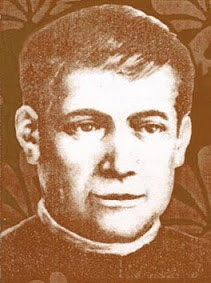
Eugenio Eyraud was first foreigner to live with Rapa Nui people. He was born in France (Saint-Bonet) in 1820. At the age of 9, his father died and his mother had to bring up 6 children with great sacrifice. With his oldest brother, Eugenio learned to work as a mechanic and locksmith. Later, he met an Argentinean man who invited him to work for his company. He said goodbye to his mother and promised her to come back soon with money to help his family.
When he arrived in Buenos Aires in 1848, he found out that there was not such a job and he had to work as a waiter in a hotel to earn a living until he could travel to Chile. In Copiapó he opened a garage, and because of his trustworthiness and honesty, he got clients soon and an excellent economical position. In 1854, he came across two priests who spoke French; he invited them to his place and there he heard that there were missions in the Polynesia. This is how he felt God's call to collaborate with this mission. He sold his garage and went to Valparaiso to be trained as a priest. But he knew that his family was having serious economical problems in France, so he had to travel there to keep his promise of helping his family. Eight years later (in 1862) after solving his family's economical problems, Eugenio Eyraud returned to Valparaiso. There he learned about the misdemeanours that the slave traders and ships were doing at Easter Island. This is when he decided straight from the heart to help those unfortunate islanders. He obtained permission to interrupt the year of noviciate and check personally the islanders' real situation. In 1863 he embarked for Tahiti.
He arrived to Easter Island on January 3, 1864 and stayed there for nine months. He wrote a long letter about his occurrances at Rapa Nui.
Back to Valparaiso, he continued with the noviciate and he took his religious vows. In 1865 he embarked for Tahiti and went back to Easter Island where he arrived together with Father Hipolito Roussel on March 23, 1866. He worked for two years just to give a slight physical appearence to the structure of the mission. Due to his hard experience during his first 9 month stay on the island, his weak health could not recover anymore. He died of tuberculosis on August 19, 1868, happy to know that every islander had been baptized.
Hotu Matu'a
Hotu Matu'a was the first king of Easter Island and lived around a thousand years ago.
Legends talk about some kind of chaos ocurring at their original home; the island of Hiva. Hotu Matu'as high priest Haumaka has a vision in his sleep about an untouched land and Hotu Matu'a chooses to migrate there with his people.
When arriving at Rapa Nui, the king disembarks at Anakena, which is why this bay is also called Haŋa Rau O Te 'Ariki - The King's Bay
.
Jacob Roggeveen
Jacob Roggeveen was the first European to have visited Easter Island, and did so in 1722. He arrived to the island at Easter Sunday, which is why he chose to call the island Easter Island.
Read more about the 1722 Easter Island visit in the ship logs from Jacob Roggeveens voyage.
James Cook
Captain James Cook was in charge of the third European voyage to set foot on Rapa Nui. They arrived in 1774 with two ships; Resolution and Adventure.
You may read more about the 1774 voyage to Rapa Nui in James Cook's journal.
Robert and Nancy Weber
These two American linguists have lived at Easter Island since the 1980's and can be credited with huge amounts of work for the Rapa Nui community and culture, some of which being:
- Creating an ortographic standard for writing the Rapa Nui language.
- Creating a serie of six school books for studying Rapa Nui.
- Translating the Bible into Rapa Nui language. The project started in the 90's and is now in the final stages.
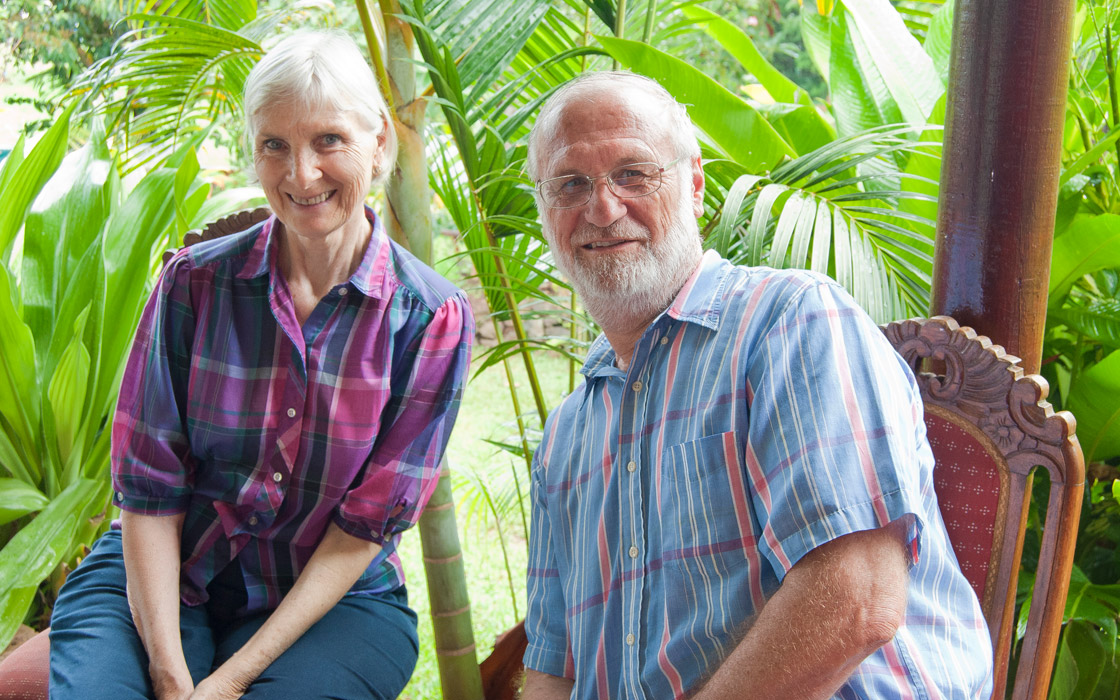
Dubbing movie Lucas into Rapa Nui
After having translated the evangelic scriptures of Lucas, Robert and Nancy Weber had the idea of dubbing the movie Lucas into Rapa Nui, as this 1970's classic follows the evangelic scriptures of Lucas very closely - almost verse by verse. The goal was to help revitalize the Rapa Nui language. By showing that the language is actually complete enough for doing a project like this, hopes were to motivate Rapa Nui people to perfect their language. Also, there are spiritual reasons - to have Rapa Nui people hear Biblical messages in their own language.
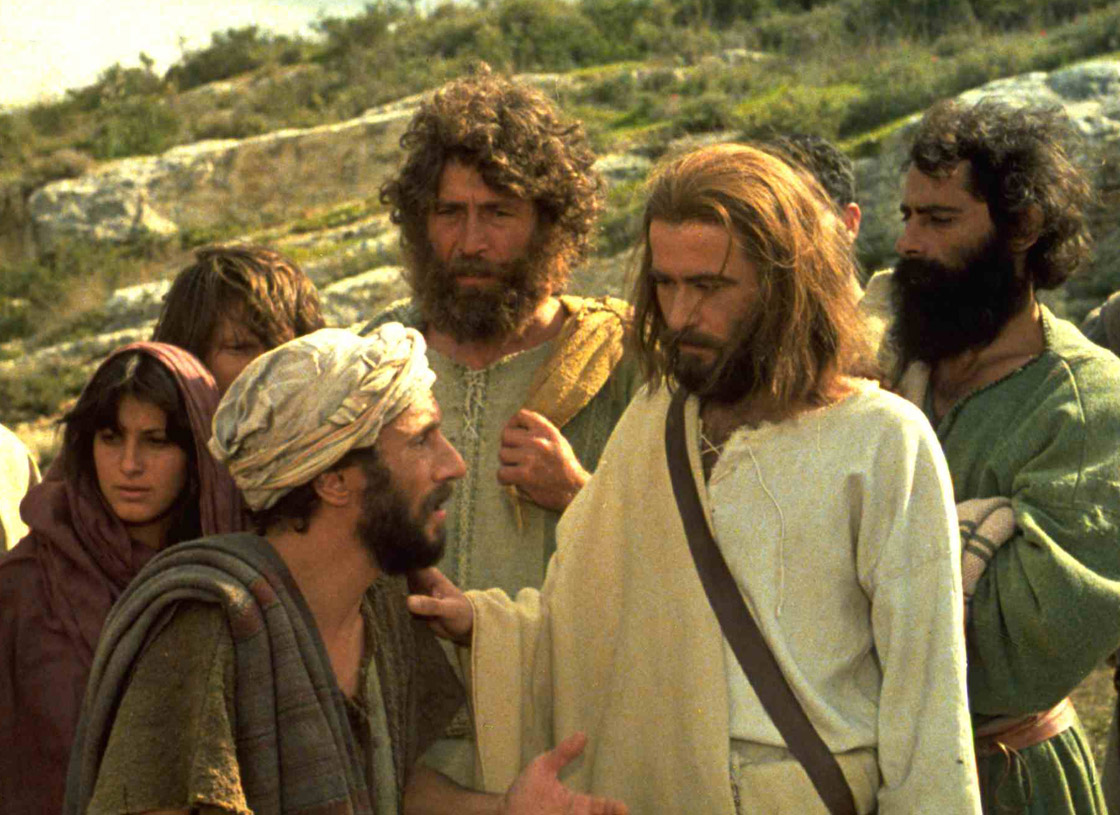
In October of 2009, Nancy and Robert started translating the script of this movie, with a length of a whopping 4 hours and 20 minutes. Six months later, technichans Peter and Jamie Terrell, specialized in dubbing movies to minority native languages, came in from the Mexican organization Piedras Vivas. Knowing the costs of dubbing in Rapa Nui, the Terrells worked voluntarily without salary.
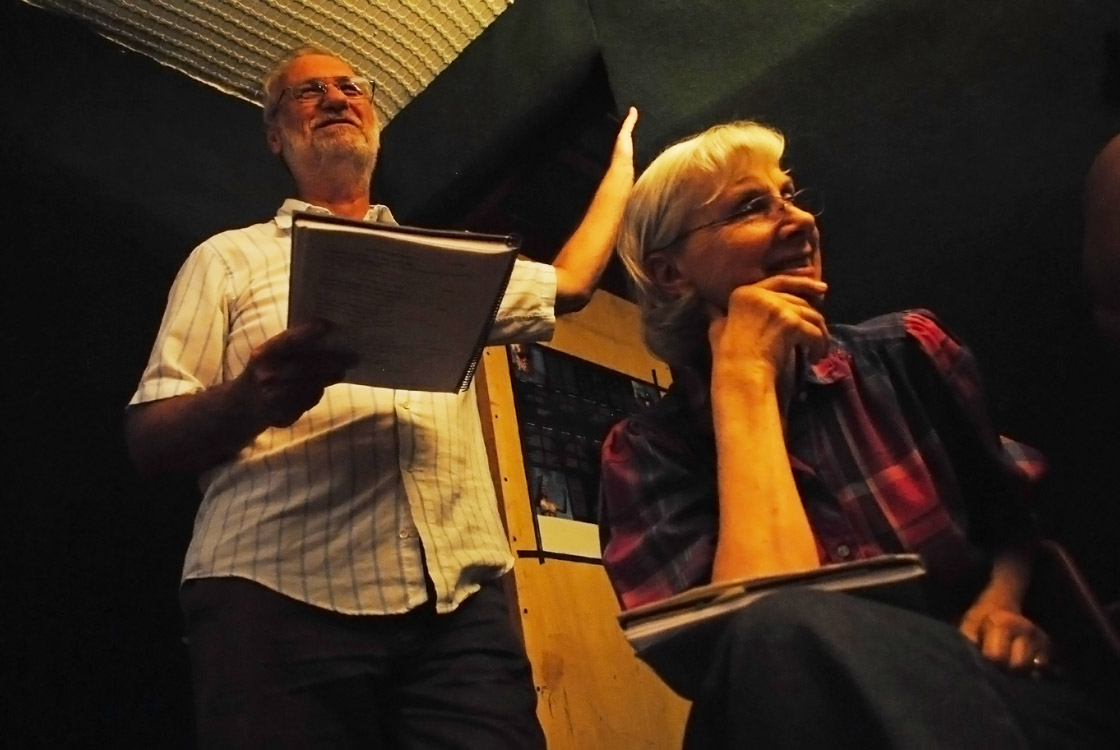
All work was unpaid. We have made nothing but expenses
are Nancy's words between laughs. DVD's of the final version were sold locally at the expense of the disc duplication.
Thor Heyerdahl
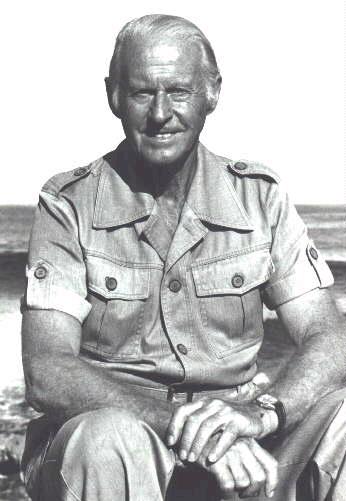 Thor Heyerdahl.
Thor Heyerdahl.
Thor Heyerdahl was a Norwegian explorer that's well-known among other things for his expeditions to Easter Island in 1955-1956 and 1986. He wrote a book called Aku-Aku about his first expedition to Rapa Nui which reached a huge audience. By doing so he placed the island on the map to many, since at that time the island was quite unknown. During both of his expeditions, he and his team had their camp in the beach Anakena. This is the place where where the first Rapa Nui king called Hotu Matu'a arrived a thousand years ago, so he reasoned that Anakena should be the place where many important keys can be found that would solve some of the Easter Island mysteries.
Thor Heyerdahl was the one who started the work of restoring the fallen moai statues by raising the statue of Ahu Ature Huke in Anakena in 1956. He was also the first one to do moai transportation experiments in 1986. He believed in the walking by rocking theory.
Thor Heyerdahls theory of Polynesian settlement from the East
The Kon-Tiki voyage
The Norwegian explorer did several expeditions to Polynesian islands. The main reason for this was to look for evidence for his theory; that Polynesia was settled from the East (from what today is Latin America) as opposed to from the West (from South-East Asia). To enter the Pacific Ocean from the Latin American continent, the settlers would, according to his theory, use the Humbolt current. This is a current that starts from Antarctica, follows the west coast of the Latin American continent and after Peru turns into the Pacific Ocean. To prove to the scientific world that such a trip was possible he built a raft, and together with a group of courageous adventurers they fearlessly entered the Pacific Ocean from Peru. Since they were without company of a modern ship they would, in case of any emergency, be left to their destiny. After several months at sea they successfully reached their goal as their raft was shredded to pieces on the French Polynesian reefs. This journey was filmed and later released as a praised documentary in 1950, bearing the same name as the raft: Kon-Tiki.
Evidence for contact between Polynesia and Latin America
There are several links between the Latin American continent and Polynesia. The sweet potato, which exists in all of Polynesia, is not an Asian plant; it is Latin American. The word in Rapa Nui language for sweet potato is kumara - exactly the same as in quechua - the native language of Peru that was spoken in the Inca Empire.
Another link are chicken bones have been found at Rapa Nui whose DNA matches perfectly with bones of a chicken in southern Chile that lays eggs with a slight blue color.
Obtaining false Easter Island statues with Inca-influences
While on Easter Island, Thor Heyerdahl continued the search for connections between ancient Rapa Nui culture and the greatest co-existing Latin American civilization - the Inca Empire. He presented images of Inca art to the Rapa Nui people and asked if they had seen anything similar. Understanding that Thor Heyerdahl would give anything to obtain such a statue, some Rapa Nui people would claim they had seen something similar. They would then go home, carve such a statue that they had seen in the image and then bury it in the ground for a few days to make it look old. It would then be left in a cave, to which Heyerdahl would be brought, and then sold to him. Thor Heyerdahl would then present these statues as arguments for his theory.
Evident South-East Asian origin
Language, customs and physical appearence of Rapa Nui people, as well as all other Polynesians, can easily be traced right back to South-East Asia. There are virtually no similarities between native Latin Americans and Polynesians, which tells us that Polynesia in reality was populated from the west.
Conclusion
Thor Heyerdahl was respected by islanders for his good manners and by scientists for his courage and historical importance, but he was wrong in his theory of Polynesia being settled from Latin America. What the Polynesian prescence of sweet potatos and Chilean chicken bones are, more than anything else, is a testimony of the incredible navigation skills of the ancient Polynesian people.
William Mulloy
William Mulloy was an American archaeologists that had a great passion for restoring archaeological monuments of Rapa Nui. The sites he restored are the following:
| Site | Year |
|---|---|
| Ahu Akivi | xxx |
| Orongo | 1974 and 1976 |
| Tahai | xxx |
| Ahu Huri A Urenga | 1972 |
